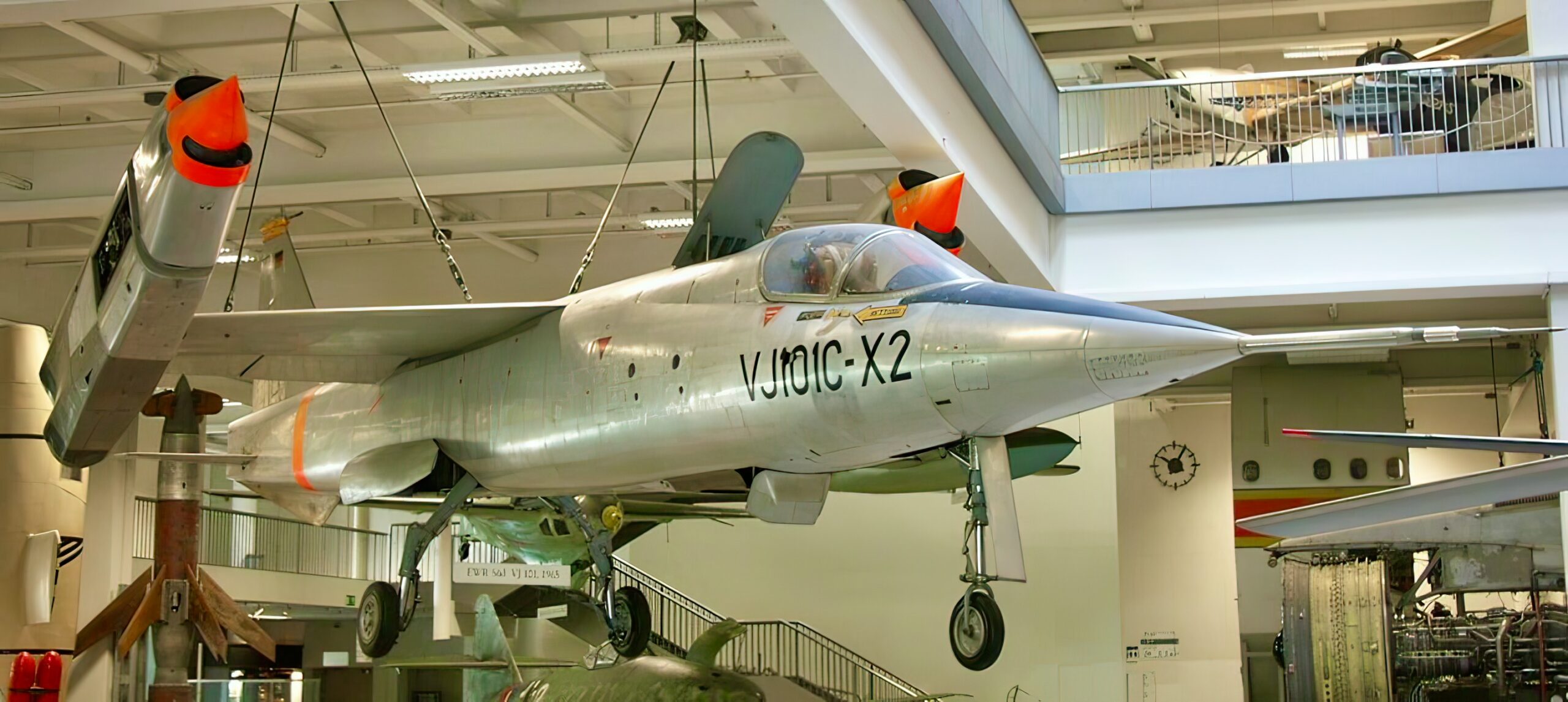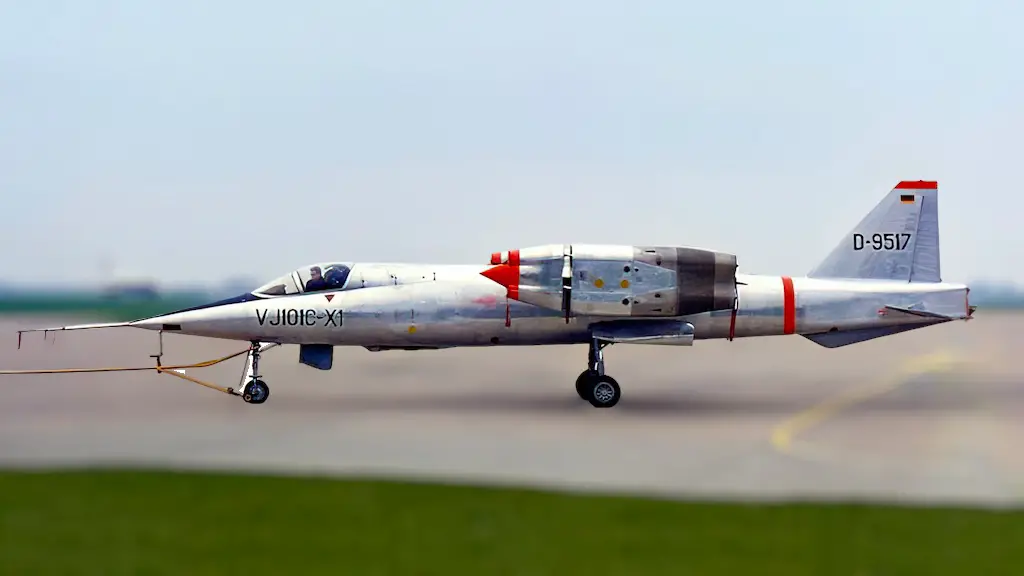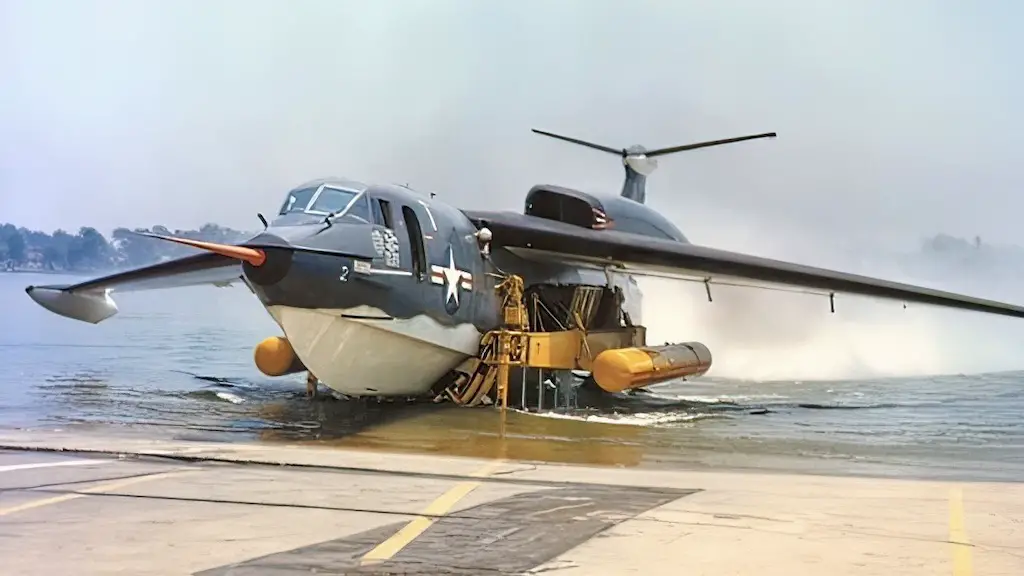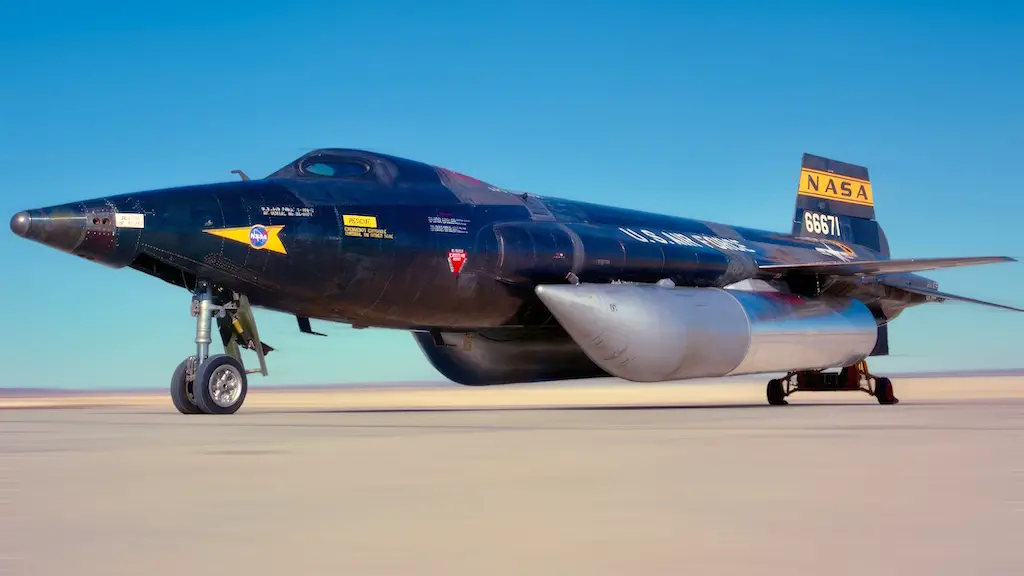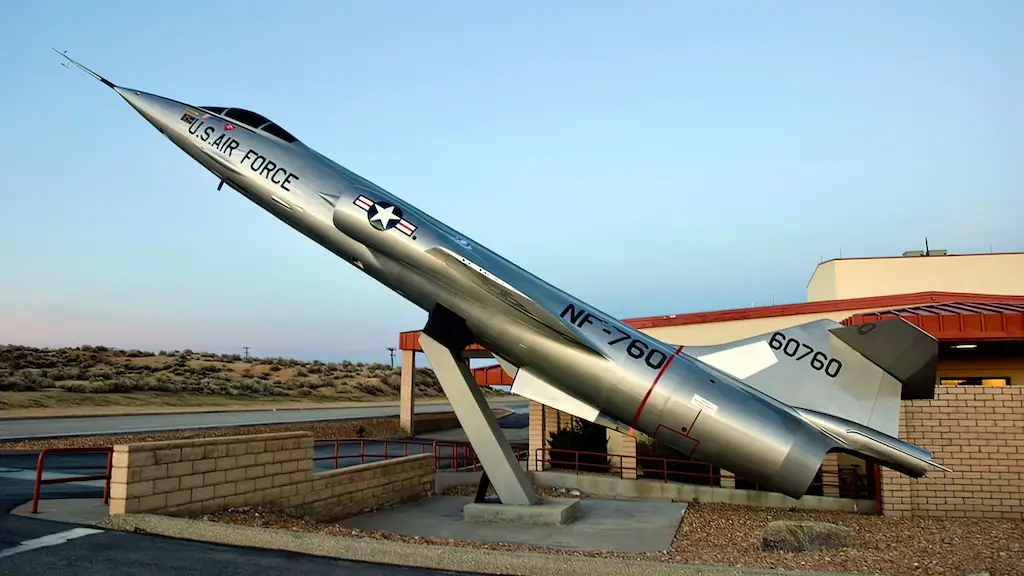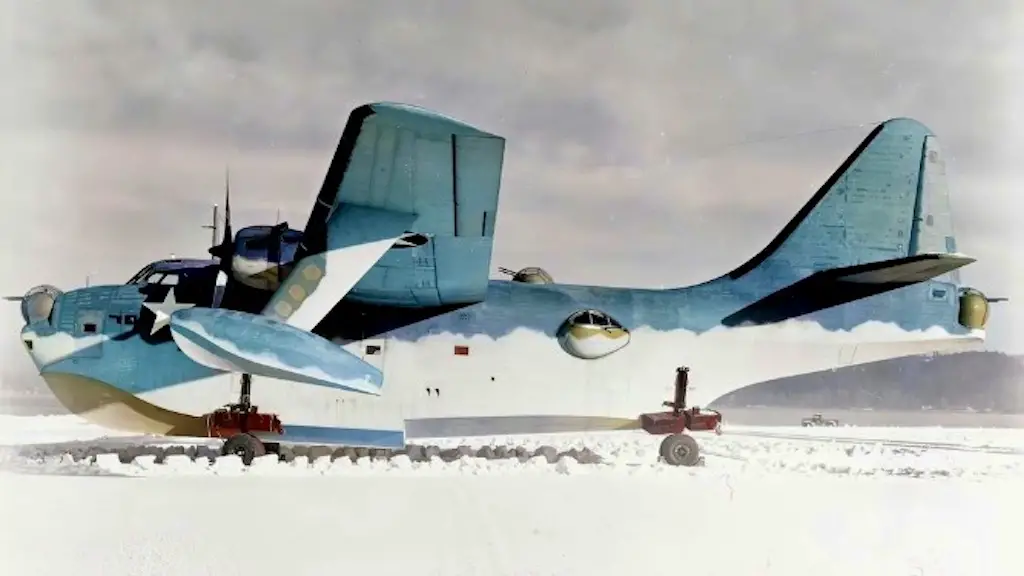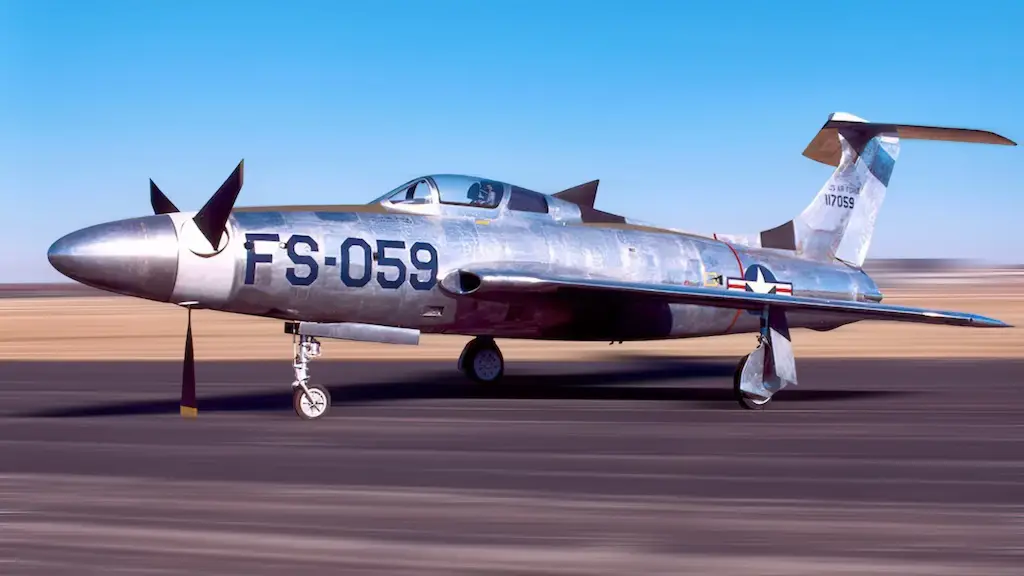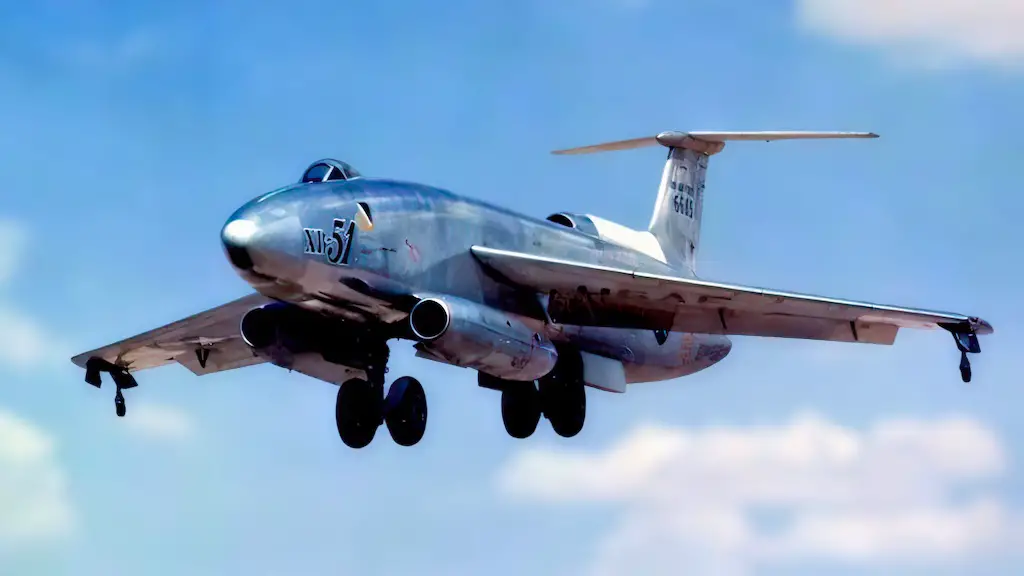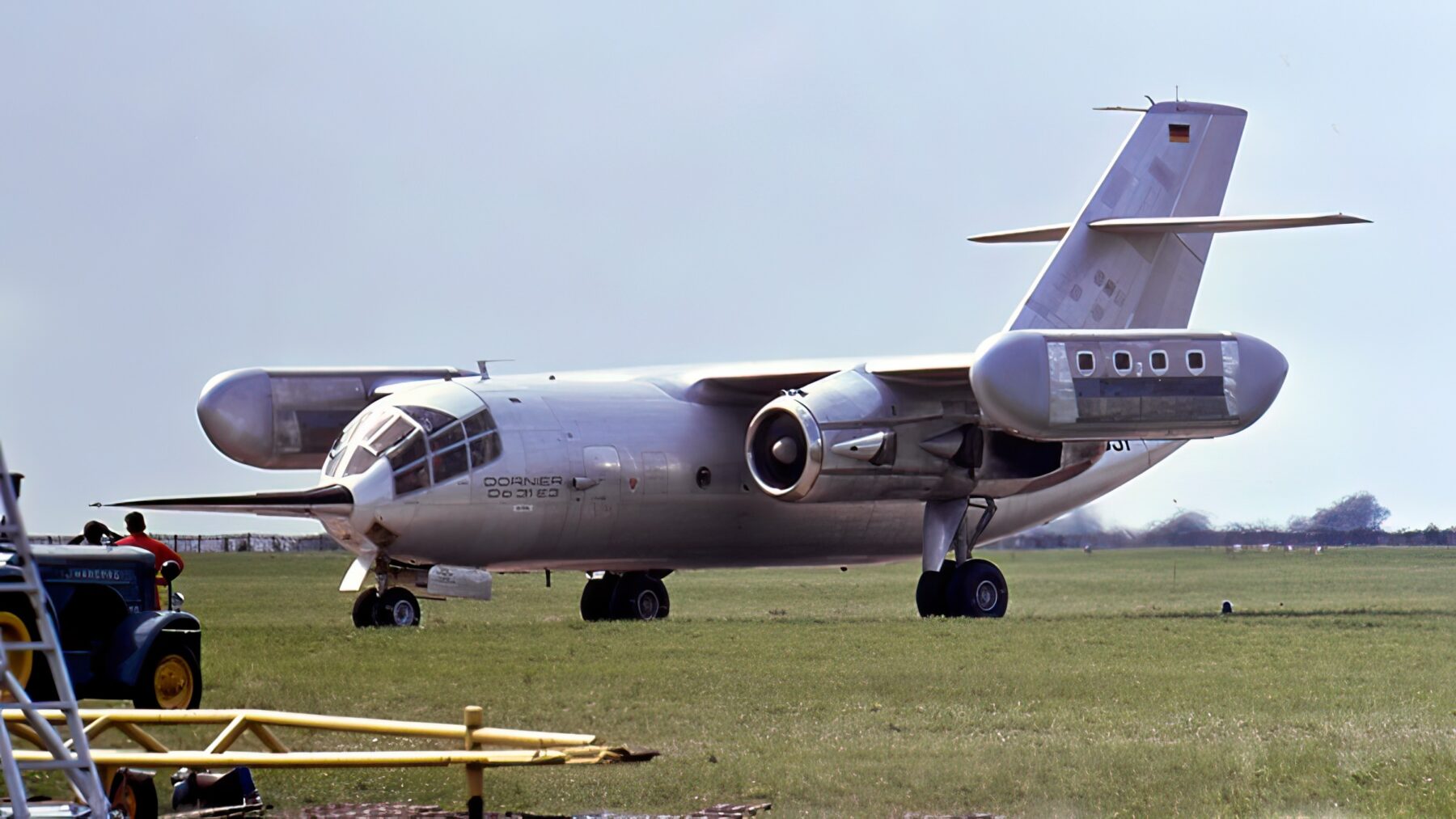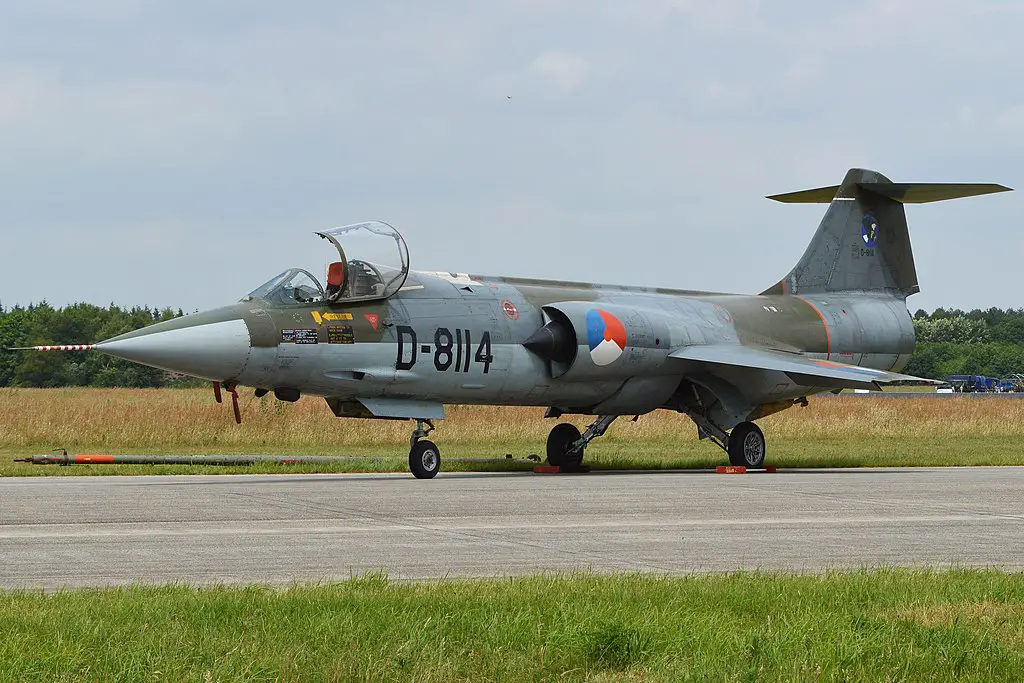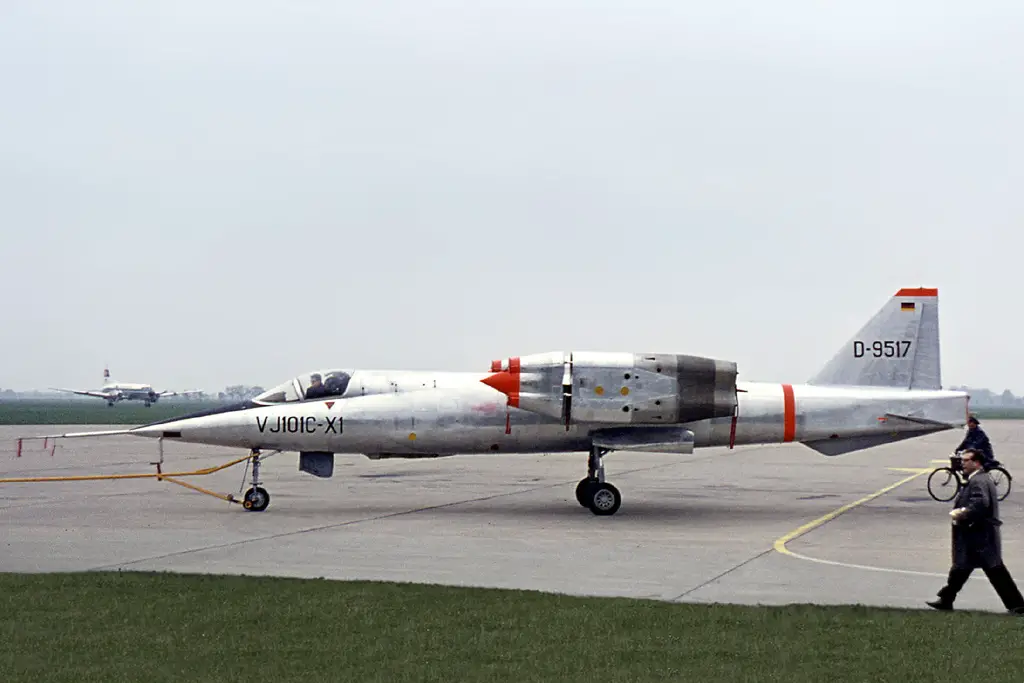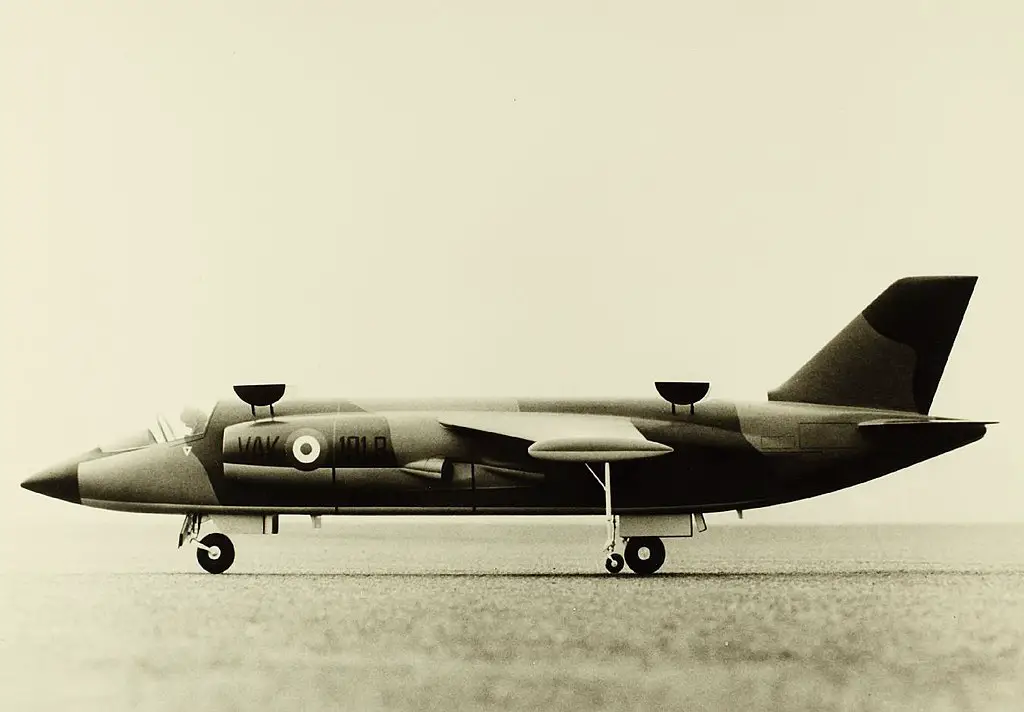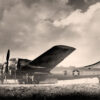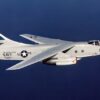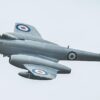The best known jump jet today is the British Sea Harrier. This is largely due to the fact that it has been produced and fielded in larger quantities than any other similar vertical takeoff and landing (VTOL) combat jet. However, when the Harrier was being developed and tested, similar projects were sprawling in the US and Europe alike. It’s just that they never got as much funding and support and for the most part remained peculiar experimental aircraft. One of such designs, the EWR VJ 101 VTOL fighter was created in West Germany, which for a short time period was among the countries most actively investing in VTOL research. In some ways this design with a projected Mach 2 capability was even more ambitious than the Harrier.
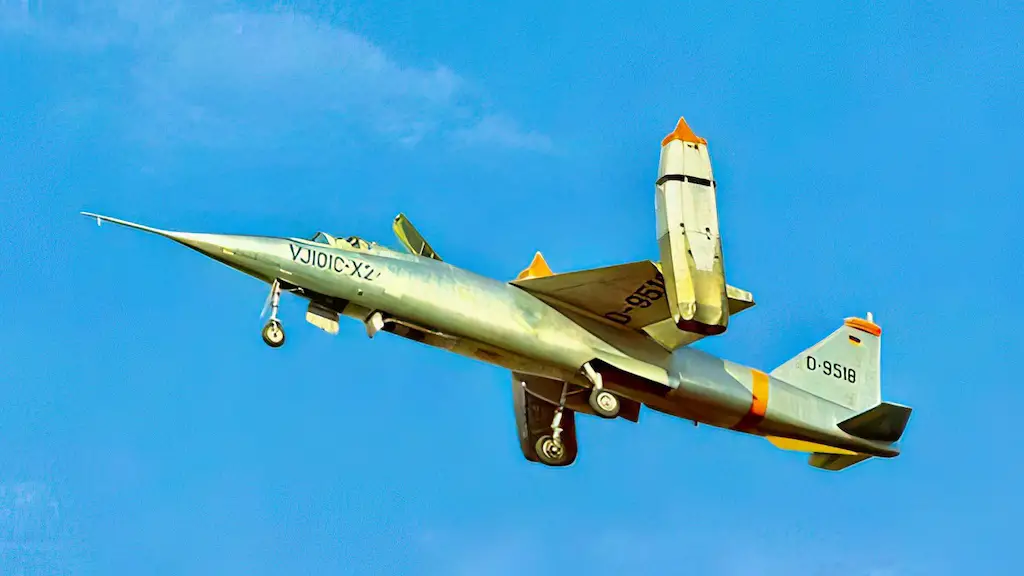
The need for a mobile interceptor
Unlike today, when jump jets’ use is mostly restricted to small aircraft carriers, at the time they were intended to be widely used on land, including by countries which, like West Germany, had no aircraft carriers of their own. The idea was that a major first strike by the USSR and its allies would render most existing runways inoperable. And if NATO was to successfully counter waves of incoming Soviet strategic bombers, it needed a fleet of interceptors capable of operating from small, dispersed bases without runways. Hence, the EWR VJ 101 was initially conceived as an interceptor, even though later requirements were expanded for it to be capable of performing a broader range of tasks. In 1959, German companies Bölkow, Heinkel and Messerschmitt formed the Entwicklungsring Süd (EWR) consortium to jointly develop the VJ 101, where “VJ” stood for Versuchsjaeger, or “research fighter.”
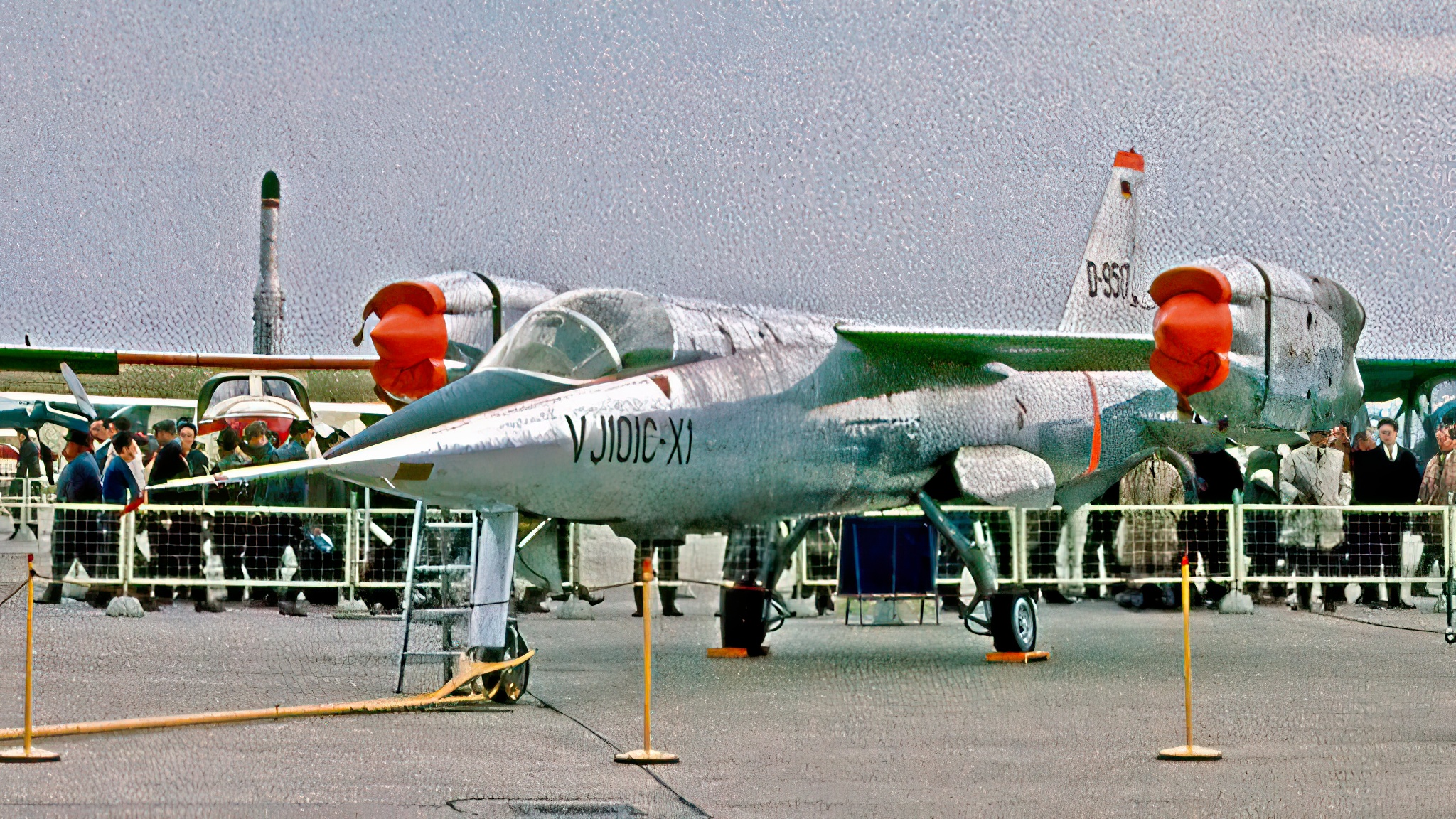
A six-engine tiltjet
Just like the French with their Dassault Balsac V experimental jump jet, Germans chose to skip the laborious phase of engine development and resorted to using British technology instead. The VJ 101 was powered by six Rolls-Royce RB.145 turbojets produced in cooperation with German MAN-Turbomotoren company. Two of those six power plants were mounted vertically in the fuselage aft of the cockpit and were used only for vertical flight. When not in use they were covered by top and bottom doors. The remaining four engines were placed in pairs in rotating pods at the tip of each wing. These acted as both lift and cruise engines.
With the exception of the VTOL-specific parts, such as tilt-jets, the VJ 101 strongly resembled the Lockheed F-104 Starfighter, which was at the time the main interceptor in West German service and which the new jump jet was supposed to replace.
X1+X2=VJ 101C
After testing several very primitive demonstrators, EWR went on to build two full-fledged prototypes, which came to be known as X1 and X2. Together this basic version was known as the VJ 101C.
The X1 made its first hovering flight in April 1963, and in September of the same year it performed a full cycle of vertical takeoff, transition into horizontal flight, transition back into hovering mode, and vertical landing. In May 1964, the X-1 made an appearance at the Hannover Air Show and in July it became the world’s first supersonic VTOL aircraft, when it broke the sound barrier in a shallow dive.
In September 1964, the X1 was lost after going out of control during takeoff. The pilot ejected at ten feet above the ground using an early “zero-zero” ejection seat, Martin-Baker GA7, installed on the aircraft and survived, albeit not without injuries. The second prototype, which differed from the X1 in using the RB.145 turbojet’s afterburner 3,650-lb RB.145R version, was almost ready by then, so the test program was not interrupted for long.
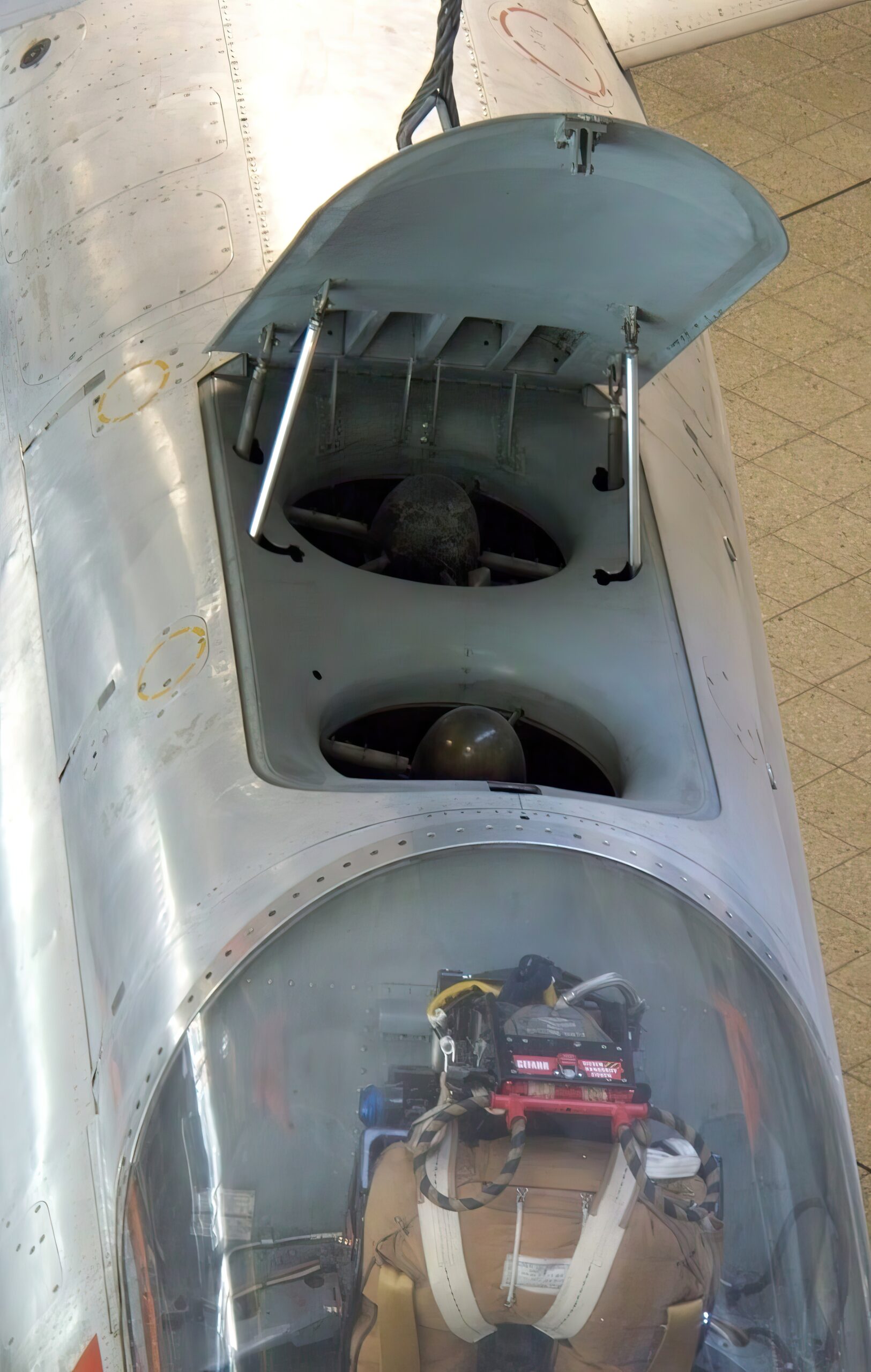
A museum piece
Even with afterburning engines the VJ 101C proved to be underpowered to carry any real combat payload. Neither did it ever achieve the projected speed of Mach 2. In fact, its best result was just Mach 1.14. Consequently, there were no plans to actually field this variant. Instead, a significantly different VJ 101D variant featuring more powerful Rolls-Royce/MAN RB.153 and RB.162 engines, all placed in the fuselage rather than in swiveling wing pods, was proposed. That might have worked, but by the late 1960s the very belief in the necessity of land-based jump jets was evaporating, as were the funds allocated for VTOL research.
So, the VJ 101D never materialized into anything solid. And the remaining VJ 101C prototype, the X2, was eventually retired in 1971. It currently remains in Deutsches Museum Flugwerft Schleissheim near Munich, serving along with Dornier Do 31 and VFW-Fokker VAK 191B as a monument to the once so promising German VTOL program.
